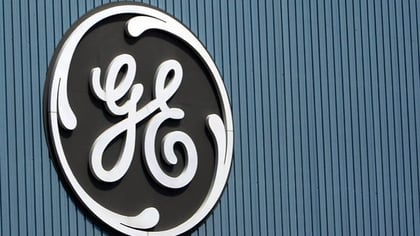There was a time not long ago when General Electric (GE) was one of the most admired companies on Wall Street. The 1990s saw the company post nine years of double-digit profit growth.
The company’s stock subsequently returned a staggering 28.41% annually from 1990 – 1999. Many investors at the time, mesmerized by such stellar returns and the firm’s large global footprint, believed the global conglomerate was so diversified and well-managed that there was little need to diversify beyond GE.
However, the new millennium has not been as kind to GE shareholders. Since 2000, GE has posted negative returns of -3.18% of per year, underperforming the S&P 500 Index by a staggering 8.89% annually from 2000 through May 2018, according to FactSet.
The iconic company, the last remaining of the original 12 included in the index upon its creation in 1896, was just removed from inclusion in the Dow Jones Industrial Average. The decline of General Electric offers several important lessons for today’s FAANG-obsessed investors.
Lesson One
First, a stock’s past returns are not indicative of future returns. Investors all too often assume that a company’s recent returns will continue indefinitely into the future (the recency effect).
In the 1990s, GE returned 28.41% per year, outperforming the S&P 500 by 10.21% annually. An investor deciding to purchase GE stock on January 1, 2000, based on its explosive returns in the 1990s, saw his equity investment in the company—the bluest of blue chips—collapse a staggering 61% from 2000-2009.
An investor who owned GE stock for both decades saw his investment underperform the market with an annual return of 8.38% versus 8.62% for the S&P 500 Index—and with more volatility (21.58% versus 14.26%). Since 2010, the firm returned a paltry 2.35% annually to shareholders versus 13.46% for the S&P 500. Clearly the firm’s stellar returns of the 1990s were not indicative of its future.
Lesson Two
The second lesson for investors is that a single company’s decision to diversify its operations is not a substitute for portfolio diversification. Investors all too often confuse the two; they are different. Individual companies, no matter how diversified their operations, almost always contain more risk than a highly diversified stock index.
Portfolio diversification works because of the less than perfect correlation among stocks, not because some companies have more highly diversified operations than others. General Electric has six major business lines: Energy Infrastructure, Aviation, Healthcare, Transportation, Home and Business Solutions, and GE Capital.
These business segments touch many different sectors of the global economy. And yet, despite GE’s attempts to diversify its revenue streams, the company continued to exhibit significantly more risk than that of the S&P 500, both in terms of volatility and its overall beta to the market.
For example, during the company’s heydays in the 1990s, its stock exhibited a high correlation to the index (0.85), a realized volatility of 16.90% (versus only 11.31% for the S&P 500 Index), and a beta of 1.3 to the S&P 500.
Lesson Three









 June 28, 2018 at 11:23 AM
June 28, 2018 at 11:23 AM











